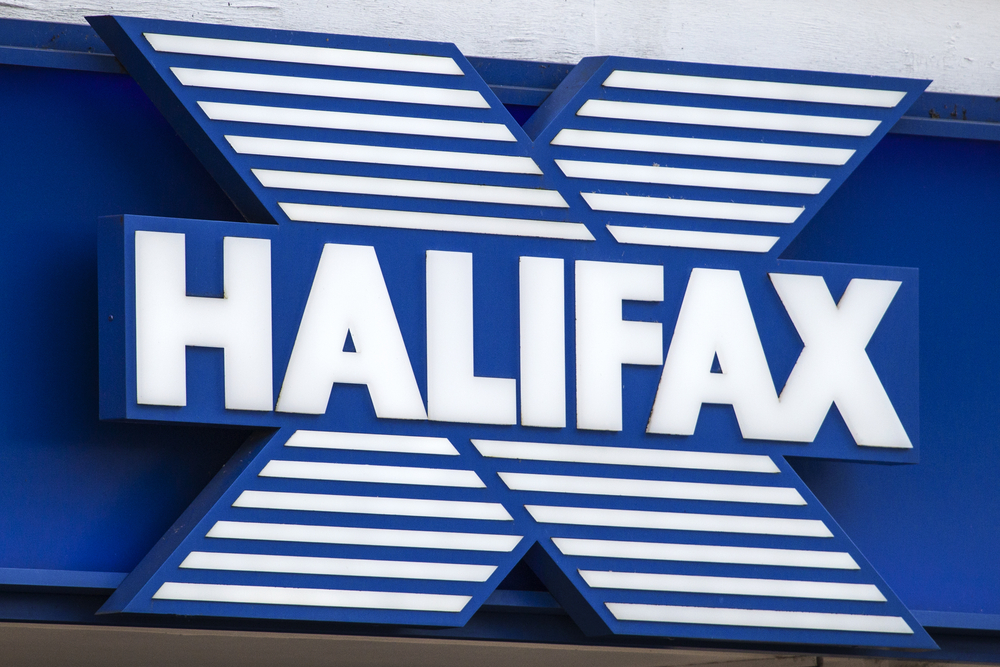
The average term was 135 months in the quarter to November (from 131 three months ago), at 69% loan to value (68%), which saw these borrowers consolidate £18,322 (£18,306), according to the second charge specialist lender’s quarterly tracker.
Prime lenders borrowed 2.2% more over the same period amounting to £37,170, over 158 months (154), at 68% LTV (66%), which saw them consolidate £24,422 (£24,732).
The study says second charge borrowing “was continuing to reflect the wider economy” as customers looked to manage rising living costs.
It adds that borrowers looked at second charge mortgages, in order to meet shorter-term financial needs in the current high-interest rate market, as full first charge remortgages were “inevitably going to be at higher rates and monthly mortgage amounts than originally arranged, plus may incur an early repayment charge”.
The tracker says the most common uses of a debt consolidation second charge mortgage, saw 55% use the money to pay back a loan provider, followed by over 25% paying a bank, while 14% paid off retail credit.
Prime borrowers are increasingly taking out second charge mortgages for debt consolidation, at 68%, home improvement, at 15%, and home improvement, at 13%.
The report adds that in the last quarter prime borrowers used cash to fund a more diverse range of uses including business loans/existing business ventures, further education costs, holidays, vehicle purchases, with two clients using the money to pay for weddings.
Evolution Money chief executive Steve Brilus says: “This latest tracker shows what is happening right across the financial spectrum for many individuals in the UK right now, with pressures from high inflation continuing to bite and the increased cost of first charge mortgage rates meaning many borrowers are looking for alternatives to straight remortgaging which would undoubtedly cost them more than their existing first-charge.
“Add in the potential for early repayment charges, plus increased costs for other types of borrowing, and it’s not surprising to see homeowners looking at the ways and means by which they can extract equity grown over the last few years, specifically to pay off higher-charging debts, but also to fund other commitments.”
“As a result, we are continuing to see prime borrowers looking at their second charge options and would anticipate this will continue throughout 2023 even if, as anticipated, inflation does start to fall back and there is a corresponding drop in first-charge mortgage rates.”



